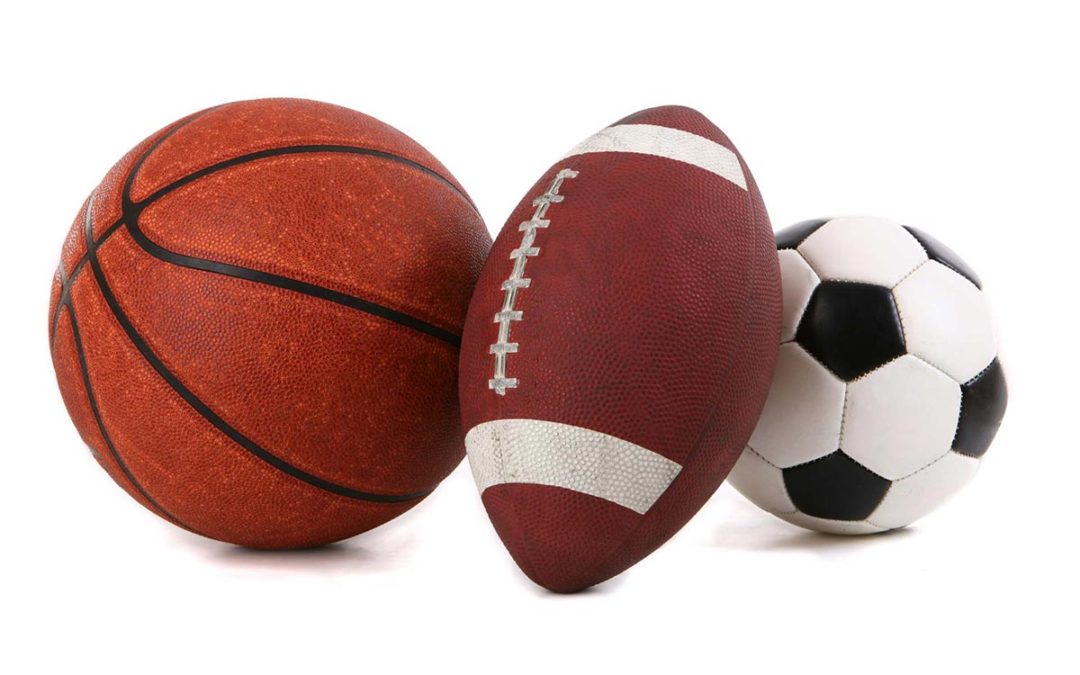As a youth or adult athlete, you may incur sports injuries at some point in your career, but how these injuries are handled matters. Whether you suffer minor or severe injuries, it is important to consult an orthopedic specialist to rule out any serious problems and receive the proper treatments to make a full recovery.
Taking precautions is necessary, but avoiding injuries altogether may not be possible, as some sports tend to expose athletes to injuries more than others. Here are the top three sports to be aware of that cause the most injuries.
Basketball
According to 2019 statistics, basketball causes the most injuries compared to any other team sport. Young people and adults who play basketball are exposed to various injuries including fractures, facial injuries, deep thigh bruises, ankle sprains and knee injuries. Protective equipment such as girdles and braces can prevent injuries to your thighs, knees and ankles. But how are these injuries treated?
Many youth basketball clubs and professional basketball teams have personal trainers who can suggest what is needed when an injury occurs. The personal trainer may recommend the RICE method: rest, ice, compression and elevation, which can be used as first aid before visiting a doctor or orthopedic specialist.
Injuries that result from intensive activities while playing basketball can be diagnosed and treated by an orthopedic specialist. Depending on the severity of the injury, your doctor may recommend further examination including an MRI scan and X-ray to ascertain the level of injury and recommend the most appropriate treatment option. Severe injuries may require arthroscopic surgery to ensure proper healing.
Football
Football causes almost as many injuries as basketball, with youth athletes being more affected than adults. According to a 2019 report, more than 116,000 youths ages 15 to 24 suffered various injuries, such as concussions, knee, ankle, hip, arm and shoulder injuries while playing the sport.
The good news is that these football injuries can be prevented by wearing protective equipment such as helmets plus pads for your shoulders, knees and hips. In addition, proper hydration minimizes cramps and keeps you healthy.
Treatment options include physical therapy to manage swelling and the RICE method to relieve pain while also preventing swelling. With knee injuries and concussions being the most common football injuries, it is important to seek medical attention to evaluate the extent of the injury and get appropriate treatment.
Soccer
Soccer-related injuries made up 7.1% of sports-related emergency room visits in 2019, according to the Centers for Disease Control. Soccer injuries include sprains, fractures, tears and bruises, which often occur in the lower extremities. It is possible to prevent these injuries by making the proper physical preparations, such as stretching and wearing well-fitting preventive gear including shin guards and cleats, as well as prior physical examination to ascertain body fitness. In addition, adequate hydration is equally important to reduce muscle fatigue that increases the risk of injury.
Depending on the severity of the injury, treating soccer injuries may require an orthopedic specialist to help evaluate the extent of the injuries and recommend the most appropriate treatment option. Minor injuries can be treated using the RICE method and over-the-counter pain medication. Severe injuries may require advanced treatment, including surgery for proper healing.
Contact us
At Missouri Orthopedics & Advanced Sports Medicine, we provide thorough diagnoses and tailored treatment options, depending on the type of sports injury received. Our dedicated staff and experienced orthopedic specialists will handle your injuries professionally, helping you get back on track to the sports you love. Contact us today to schedule an appointment or for any questions you may have regarding a sport-related injury.

